BM28 Two Cranks Hospital Manual Bed
A hospital manual bed is a specialized bed designed for healthcare facilities, offering adjustable features to cater to patient needs and medical requirements without relying on electricity. It typically includes a sturdy metal frame, movable sections for the head, pied, and leg areas controlled by hand cranks, and safety side rails that can be raised or lowered. The bed also often features lockable casters for easy transport and stability, provisions for IV poles, and a variable height option. The design prioritizes patient comfort, caregiver accessibility, et facilité d'entretien, embodying practicality and efficiency in patient care.
Paramètre technique:
| Longueur externe | 2190mm |
| Largeur externe | 960mm |
| Bed Height | 480mm |
| Plateforme de matelas | 1925*900mm |
| Charge de travail sûre | 250kg |
| Dossier | 75°±10° |
| Repose-genoux | 35°±10° |
Configuration technique:
| ABS Manual Crank | 2pièces |
| 5″ Roulette double face | 4pièces |
| Bout de lit en ABS avec verrouillage sécurisé | 1ensemble |
| Rail latéral en PP | 4pièces |
| Poteau IV | 1ordinateur |
| Prévisions du pôle IV | 6pièces |
| Crochet de drainage | 2pièces |
| Roue de pare-chocs | 4pièces |
| Pédale de verrouillage centralisé | 1ordinateur |
| Étagère utilitaire | 1ordinateur |
Produit Introduction:
Contrôle de qualité:
- Conception: The design of the hospital manual bed is tailored to meet the essential needs of a medical environment while offering a high cost-performance ratio. This type of bed is equipped with manually operated cranks that control the bed’s various functions, such as adjusting the height of the bed, raising the head or foot sections, and tilting the bed to assist patients with sitting up or lying in a comfortable position. The bed is designed with detachable and adjustable head and footboards as well as side rails, which can be raised or lowered to ensure patient safety and convenience. These features are particularly beneficial for facilitating patient transfers and various medical treatments, while the bed’s design also takes into account the ease of maintenance and cleaning, crucial aspects in hospital settings.
- Technologie:The welding process of the hospital manual bed is a testament to the advanced manufacturing techniques employed in medical equipment production. Precision cutting ensures that the metal components of the bed fit together seamlessly before they are joined. Robotic welding technology is utilized to perform seamless welds, which not only provides a robust structure but also significantly reduces the risk of bacterial contamination by eliminating crevices where germs might otherwise accumulate. This meticulous approach to welding is crucial in a hospital environment where hygiene is paramount. By creating a smooth and clean finish on all welded joints, the bed is designed to minimize the risk of injury to patients, ensuring their safety and well-being. The attention to detail in the welding process reflects the overall commitment to quality and patient care inherent in the design and production of hospital manual beds.
- Norme de sécurité: The safety standard of the hospital manual bed is upheld by adherence to stringent international regulations and certifications, ensuring that each bed meets the highest levels of quality and safety before it reaches a medical facility. The beds have successfully passed the ISO 13485:2016 et ISO 9001:2015 attestations, both of which are critical for the design, manufacture, and distribution of medical devices, focusing on quality management systems and consistent performance. En plus, the CE marking indicates that the beds comply with European Union safety, santé, et des critères de protection de l'environnement. This CE certification is a declaration that the hospital manual beds meet all the necessary EU regulatory requirements. These comprehensive certifications demonstrate the manufacturer’s commitment to producing beds that are not only functionally reliable and user-friendly but also prioritize patient safety and the minimization of risks associated with medical equipment.
Cadres:
- Plate-forme: The platform of the hospital manual bed is thoughtfully engineered in line with ergonomic principles, segmented into four distinct parts to cater to the specific medical needs and comfort of patients. Each section of the bed surface is designed to be independently adjustable, allowing for the elevation or depression of particular areas to support various medical procedures or to enhance patient comfort. The inclusion of ventilation holes within the bed surface plays a critical role in promoting air circulation, thereby aiding in the prevention of pressure ulcers or bedsores, which are common concerns for bedridden patients. En outre, the bed surface is meticulously finished to be smooth with no sharp edges or protrusions, which is a deliberate design choice to eliminate the risk of scratches or injuries, thereby ensuring the utmost safety for patients during their stay on the bed. This thoughtful design enhances the overall functionality of the manual hospital bed, reflecting a patient-centric approach to medical equipment design.
- Bout de lit en ABS:The ABS bed ends of the hospital manual bed are designed with practicality and durability in mind. Made from high-quality ABS (Acrylonitrile butadiène styrène) matériel, the bed ends are constructed through a process of one-time injection molding, which results in a unitary, robust structure devoid of joints or weak points. The ABS material is chosen for its excellent properties, y compris la résistance à la corrosion et aux températures élevées, making it ideal for the challenging hospital environment where it may be exposed to a variety of cleaning agents and sterilization processes. The bed ends are detachable, which means they can be easily removed for maintenance, cleaning, or to facilitate patient transfers. This not only enhances the functionality of the bed but also contributes to infection control measures by allowing thorough cleaning, ensuring that the bed remains a safe and sanitary piece of hospital equipment. The use of ABS material, coupled with thoughtful design, ensures that the bed ends contribute to both the aesthetic appeal and the practical utility of the hospital manual bed.
- PP Rail latéral:The PP (Polypropylène) side rail of the hospital manual bed is a critical safety feature, embracing a wrap-around design that has been meticulously engineered to prevent patient entrapment and ensure maximum protection. The side rails incorporate an anti-trap design that minimizes the risk of patients accidentally catching their limbs or body between the bars, which is a vital aspect of patient safety. En outre, these side rails are equipped with a damping lifting system, which allows for a smooth and controlled raising and lowering mechanism. This feature is not only beneficial for healthcare providers when transferring patients in and out of the bed but also for patients who are capable of adjusting the rails on their own. The choice of polypropylene material for the side rails ensures durability and ease of cleaning, while also being lightweight to facilitate ease of operation.
Les fonctions:
- Ajustement de la section arrière:The back section adjustment of the hospital manual bed is designed for versatility and patient comfort, incorporating a manual crank system that allows the backrest to be raised or lowered to cater to various medical and comfort needs. This adjustment mechanism enables the back section to be elevated to an angle of up to 75°±10°, offering a wide range of positions to support different activities such as eating, en lisant, or respiratory relief. The manual crank is deliberately engineered to be user-friendly, requiring minimal effort to operate, thus ensuring that caregivers can easily adjust the bed to the precise angle required for the patient’s comfort and health requirements. This feature is particularly important for patients with limited mobility, as it facilitates better positioning which can aid in their recovery and enhance their overall hospital experience. The precision in the adjustment of the back section demonstrates the bed’s commitment to providing both functionality and ease of use in the hospital setting.
- Ajustement de la section des jambes: The leg section adjustment on the hospital manual bed offers significant flexibility and support for the lower extremities of the patient. Operable via a hand crank, this adjustment feature allows the height and angle of the leg section to be modified, with a maximum elevation of up to 35°±10°. This level of adjustability is crucial for various therapeutic and comfort applications, such as promoting venous return, réduire l'enflure, or simply improving patient comfort during extended periods of bed rest. The manual operation ensures that caregivers can achieve the precise positioning needed without relying on electrical systems, thereby enhancing the bed’s reliability and ease of use. The hand crank is designed to be ergonomic and require minimal force, ensuring that adjustments can be made smoothly and effortlessly. This careful consideration in the design of the leg section adjustment mechanism underscores the bed’s role in patient care and recovery, providing tailored support where it’s most needed.
Détails des accessoires:
- ABS Manual Crank: The ABS manual crank of the hospital manual bed is thoughtfully encased in a durable ABS shell, which is designed for both practicality and safety. The outer shell provides a comfortable grip for the user, ensuring that the act of adjusting the bed is as effortless as possible. The crank is telescopic, allowing it to be extended when in use and retracted to conserve space and maintain a tidy environment around the bed when not in use. This retractable feature is essential in the busy confines of a hospital, effectively reducing the risk of tripping hazards and ensuring a clear pathway for medical staff and visitors. En plus, the smooth and rounded design of the ABS casing helps to prevent accidental injury or snagging on clothing or medical equipment, safeguarding both healthcare professionals and patients. The manual crank’s design strikes a balance between functionality, space efficiency, and the safety of everyone in the room.
- Roulette:The casters on the hospital manual bed are engineered with meticulous attention to detail to ensure smooth maneuverability and steadfast stability. The 5-inch twin-wheel design facilitates ease of movement across various floor surfaces, while the integrated anti-winding feature prevents cords and other debris from becoming entangled in the wheels, which could otherwise impede mobility or damage the casters. The material used for the tires is a non-slip, corrosion-resistant compound capable of withstanding high temperatures, ensuring the casters’ longevity and performance even under the rigorous demands of a hospital environment. En outre, these casters are designed to endure repeated braking actions without showing signs of wear, a testament to their durability. The thoughtful construction of these casters underscores the importance of a reliable, sûr, and low-maintenance mobility solution as part of the overall design of the hospital manual bed, aiming to provide seamless transportation of patients within medical facilities.
- Bumper wheel: The hospital manual bed features an innovative design element for added safety and protection: bumper wheels located at each of the four corners of the bed. These bumper wheels are equipped with airbags that act as shock absorbers, mitigating the impact between the bed and the walls or other objects in the event of a collision. The presence of the air-cushioned bumpers serves a dual purpose; they not only protect the structural integrity of the bed from potential damage but also shield the hospital infrastructure from scuffs and dents that can occur during patient transport. This cushioning effect is particularly important in the fast-paced and often crowded hospital corridors where precise maneuvering can be challenging. By incorporating these airbag-enhanced bumper wheels, the design of the manual hospital bed demonstrates a commitment to preserving the hospital environment and maintaining the bed’s condition, ultimately contributing to the safety and comfort of patient care settings.
- Poteau IV&Prévisions du pôle IV:The IV pole of the hospital manual bed is constructed with a stainless steel main body, ensuring strength and durability while maintaining the hygiene standards required in a medical environment. Its height can be conveniently adjusted to accommodate the varying needs of patients and the specific requirements of different medical procedures. Equipé de quatre crochets, the IV pole allows for multiple IV bags to be hung simultaneously, providing the flexibility to administer various fluids or medications without the need for additional equipment. The IV pole previsions are strategically located at all four corners and the middle of both sides of the bed, offering a versatile setup that can be readily adapted to the patient’s position and the medical staff’s preferences. This thoughtful placement of the previsions ensures that the IV pole can be attached in the most practical location, addressing a range of medical needs and facilitating seamless care delivery for patients in various states of mobility or treatment stages.
- Pédale de verrouillage centralisé: The central locking pedal is a crucial feature of the hospital manual bed, designed to simplify the process of securing and mobilizing the bed. This system allows healthcare providers to quickly and efficiently control the bed’s movement with a single action. By stepping down on the pedal, the brakes are engaged on all wheels simultaneously, effectively anchoring the bed in place and ensuring patient safety. inversement, lifting the pedal releases the brakes, allowing the bed to be moved with ease. This central control negates the need to individually lock and unlock each caster, streamlining the medical workflow and saving valuable time. The central locking pedal’s intuitive operation is a standout design element that enhances the functionality of the bed, offering convenience and reassurance to the medical staff as they perform their duties.
- Étagère utilitaire: The utility shelf of the hospital manual bed is a feature that embodies the thoughtful consideration of patient convenience and space optimization within the healthcare setting. Located discreetly beneath the bed, this shelf provides a practical space for storing personal items and basic living necessities, such as a washbasin. The inclusion of this shelf allows patients to keep essential items within easy reach, fostering a degree of independence and comfort during their hospital stay. It also helps in maintaining an organized and clutter-free environment by offering a designated storage area that does not interfere with the medical staff’s access to the patient or the functionality of the bed. The utility shelf is a subtle yet significant amenity that enhances the patient’s experience, ensuring that their needs are catered to with empathy and efficiency.
PÔLE IV
Stainless steel body, réglable en hauteur, with four hooks. Previsions are located in the four corners of the bed and on both sides of the middle to accommodate infusion medical needs in a variety of locations.
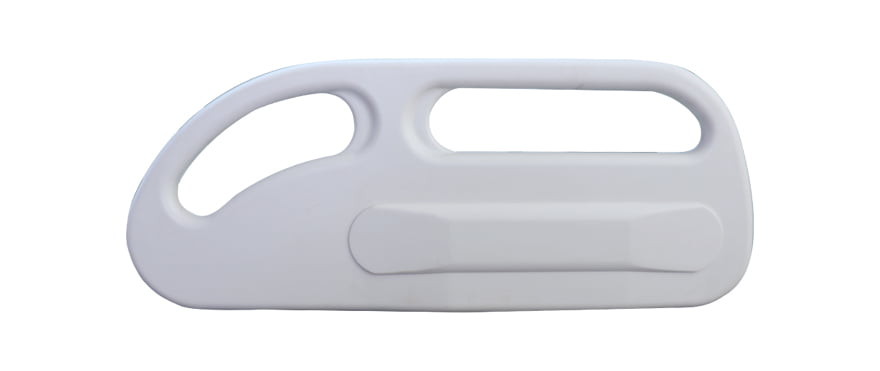
RAIL LATÉRAL
Enveloping guardrail with anti-stuck body design, precision design. With a damped lifting system, the patient can be transferred smoothly, or the patient can act on his own.
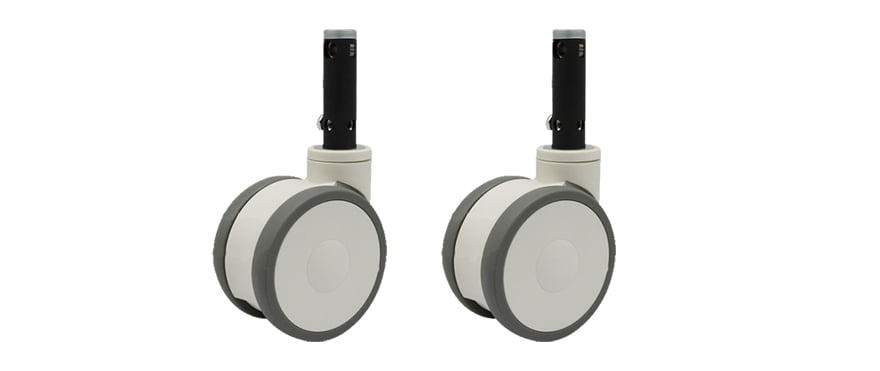
ROULETTE
5 “roulettes double face avec conception anti-enroulement. The tire part is made of anti-slip and corrosion-resistant material, which is resistant to high temperature and can withstand multiple braking without wear.
PÉDALE DE VERROUILLAGE CENTRAL
The central control brake pedal is convenient for the medical staff to control the bed, and the brake of the whole bed can be achieved by pressing the pedal, lifting the feasible step, and simplifying the medical process.
TÊTE ET PIED DE PLANCHE
Removable head and foot board, Matériau ABS, one-time injection molding, résistance à la corrosion, high temperature resistance.





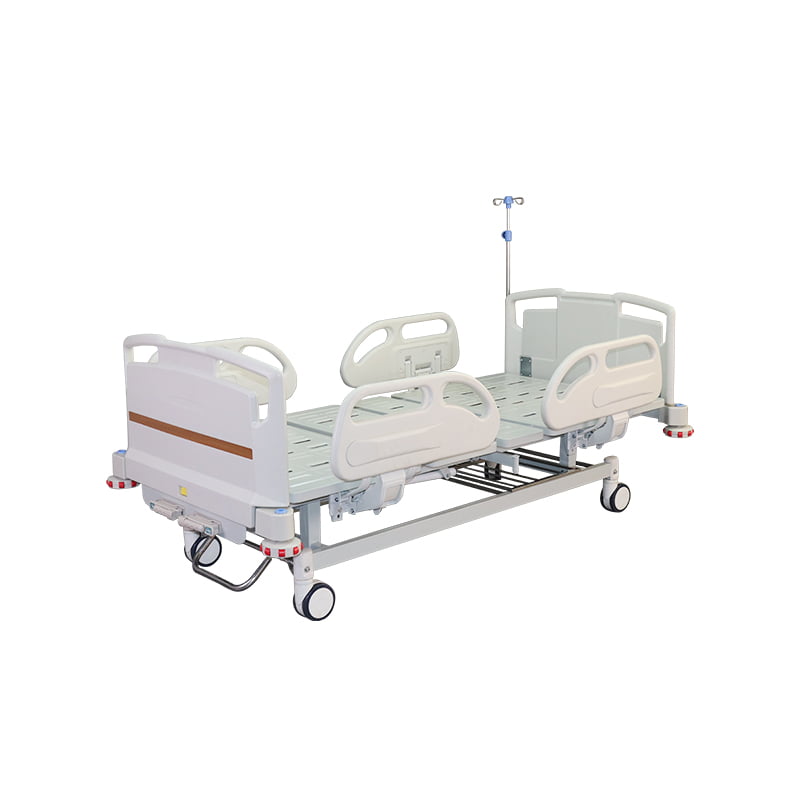



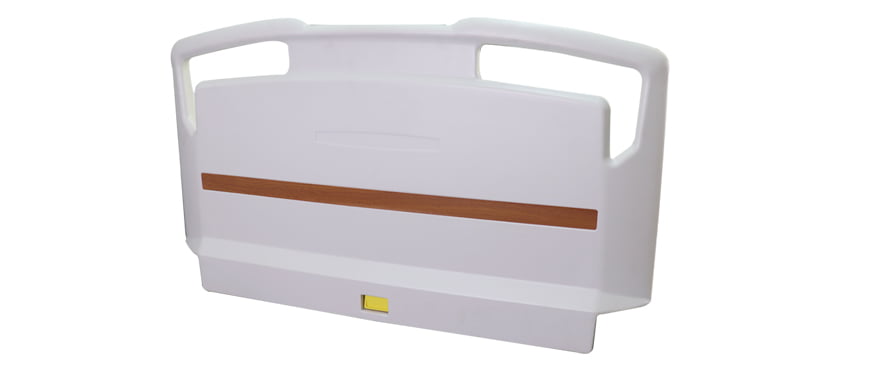
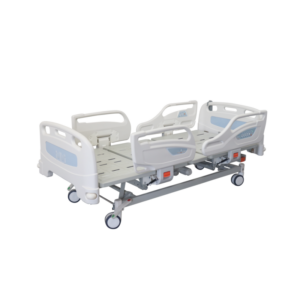
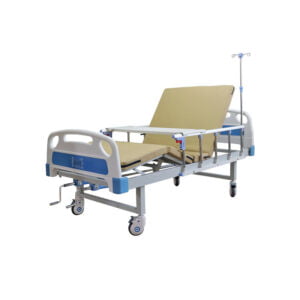
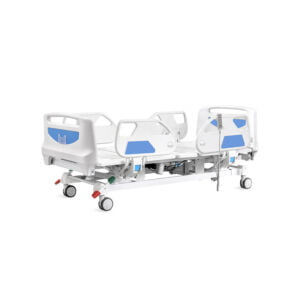
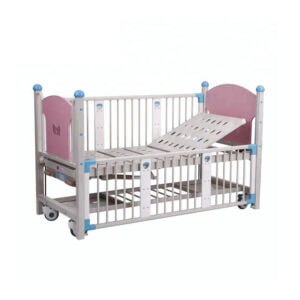

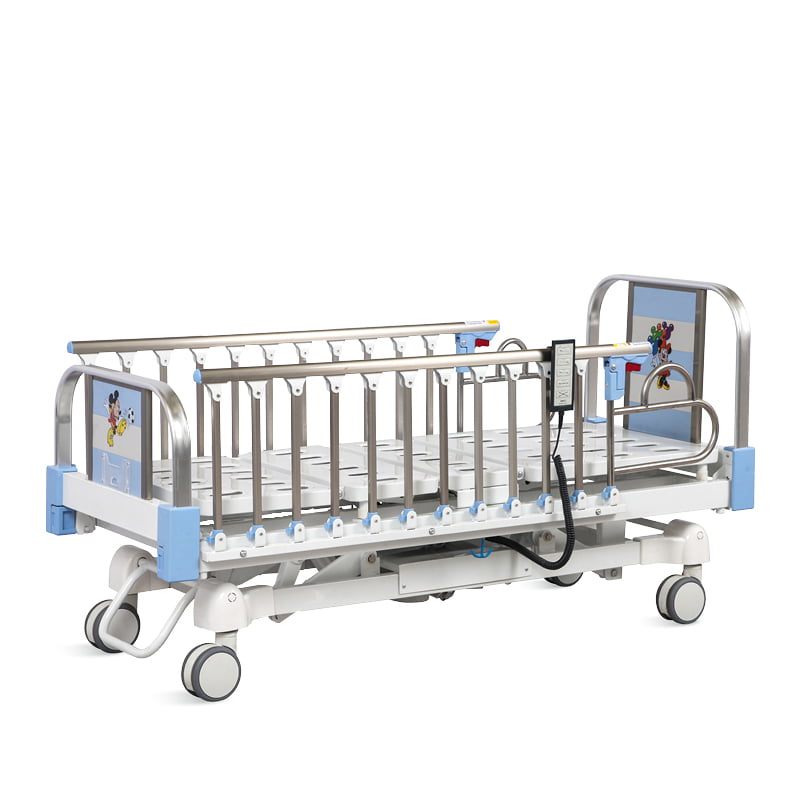
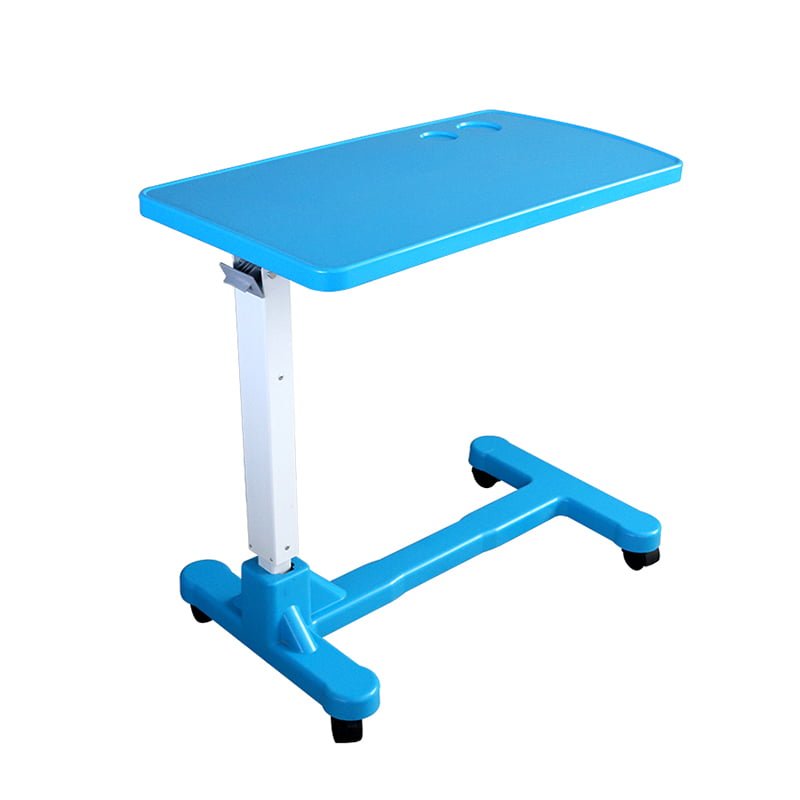
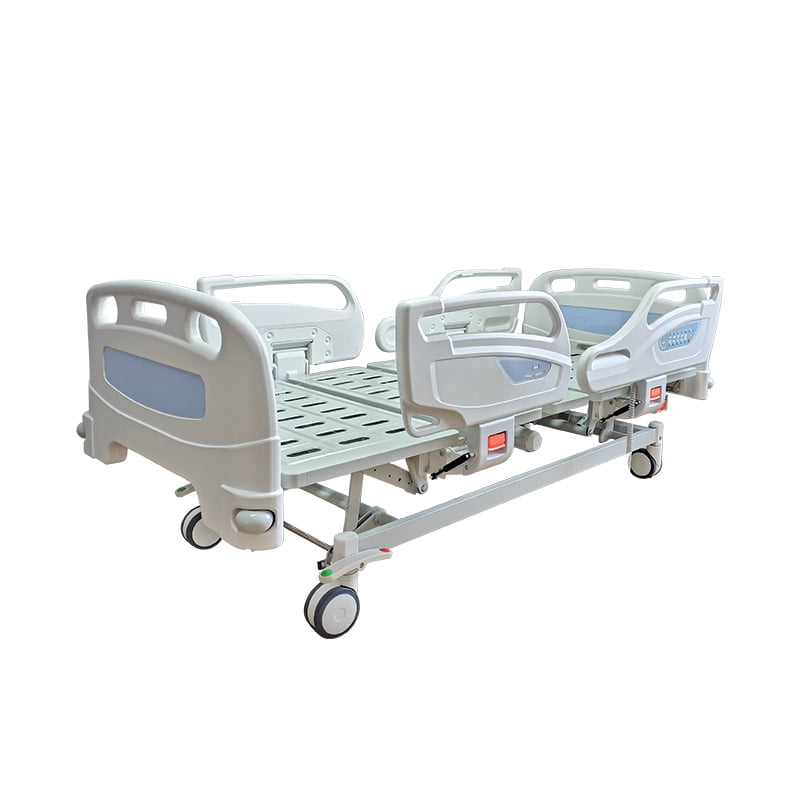
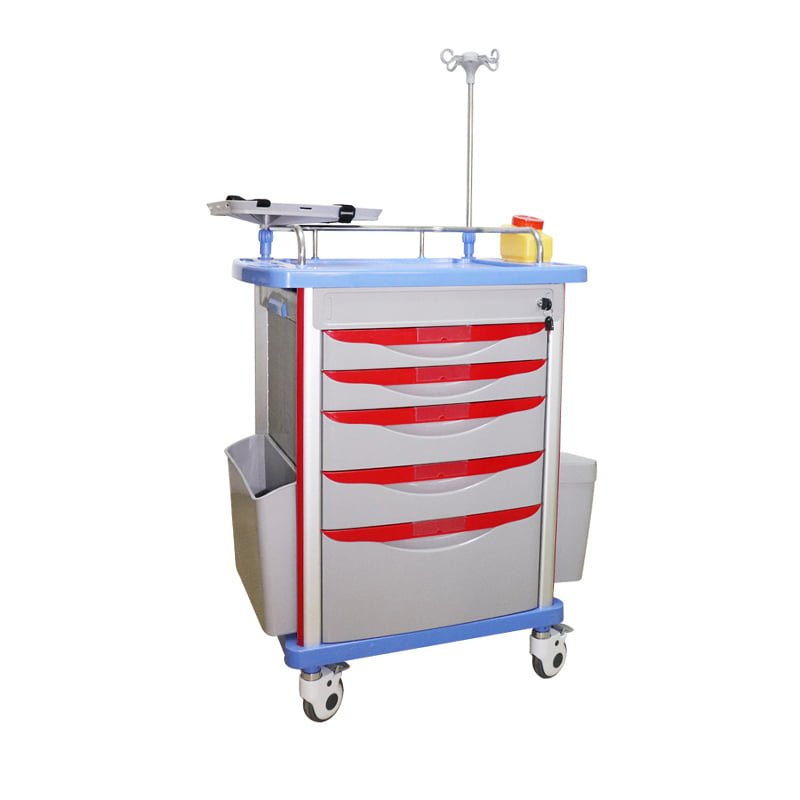
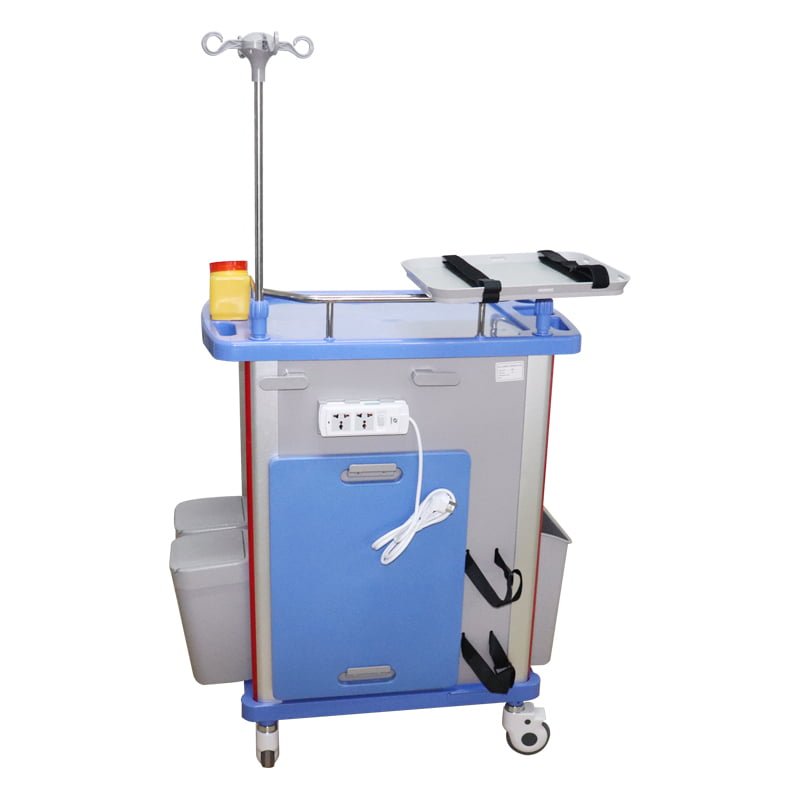
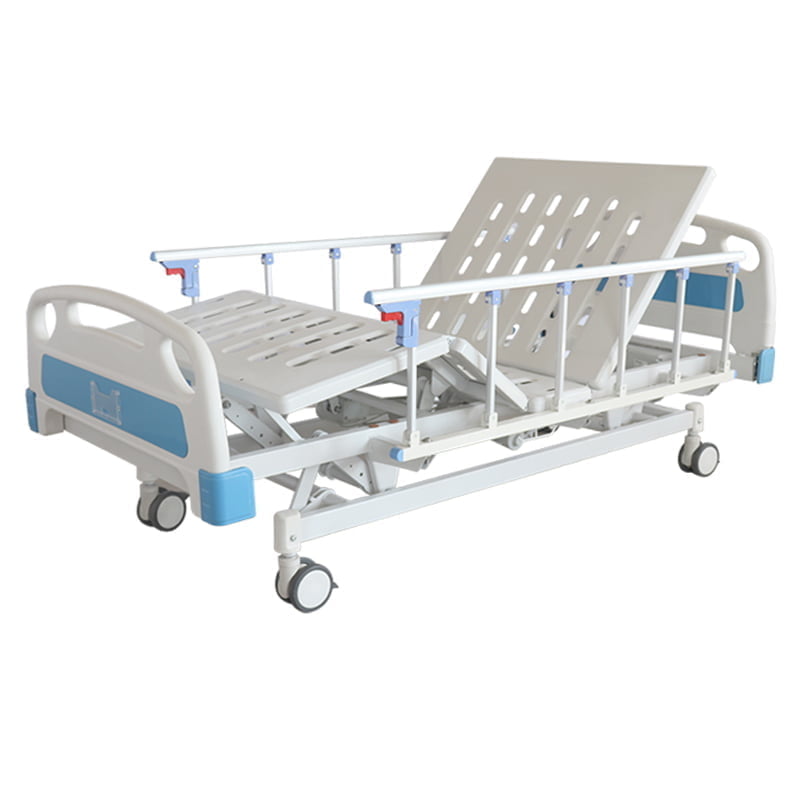
Critiques
Il n’y a pas encore d’avis.